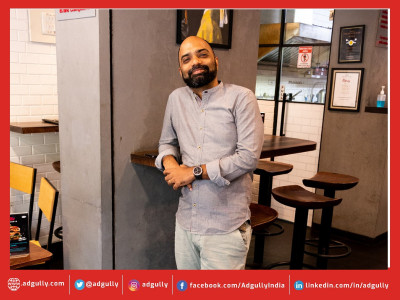Trends to look forward to in the QSR Industry in 2023
Authored by Viren D’Silva, Co-founder, Good Flippin’ Burgers
If there was any hangover from the pandemic, it is well behind the QSR industry. In 2023 the overall growth is expected to range from 22% to 25% for the next four years in the QSR segment.
After considering a 360° view of the stakeholders in the industry, patrons will now have the choice to venture out and get fuller experiences by visiting the Highstreet outlets.In terms of revenue contribution, the balance will slowly start to shift from 100% delivery prevalent during the peak of the pandemic to a 60 -40 % split between dine-in and delivery for most restaurant owners.
For brand owners, there has never been an easier time to launch a new QSR brand. Especially if online is their only play. This is primarily for two reasons, firstly, the number of shared kitchen spaces is increasing considerably, and equipment is now readily available on various lease-to-buy models. ‘CAPEX light’ will become the new mantra and buzzword for Start-Ups. Increasingly, there will be an existence of a matrix comprising brand ratings and aggregator platform algorithms that will determine the successful and non-successful brands.
The growth of high-volume online categories such as burgers, pizza, and biryani will see advertising dollars spent in truck-loads, but the ability of the platforms to deliver the advertising promises effectively will decrease. The ROAS will decrease for those brands that have not quite found their product market fit and are not quick enough to innovate and change their product offering, effectively spelling their death knell. Being consistent on the product ratings, kitchen preparation parameters and customer experience will separate the brands that can scale and multiply and those that stay as one-hit wonders.
Word of mouth is still the biggest ROI for a brand. NPS scores will become the biggest indicator of brand recognition & loyalty without data available from aggregator platforms. The data available from direct orders constantly targeting customers and retargeting the right customer at the right time with the right message will become the holy grail for the CMO of QSR brands. Investing in CRM and Loyalty technology that supports this need will become a must-have rather than a fleeting fancy and thought.
Ultimately giving the customer a real-life experience is the quickest way to build brand loyalists, and most brands will realize this is the only way forward. Simply growing online without real-life customer touchpoints will become harder.
Kitchen automation and inventory predictive software will see further proliferation. There is a people crisis in the workforce, and this is likely to get worse as supply will struggle to keep up with the demand. To add to this, frontiers like cruise ships will eat into the available workforce for QSR. Strong people capital will become a huge advantage for those QSR brands that invest in their workforce.
The expansion will be the number one priority for established players in the industry that will look to tier two and three cities for their growth. At the same time, patrons will be introduced to higher quality products, with mass premium brands seeing a surge in availability and choice.
While the pandemic scared away investors from brick-and-mortar investments, those brands with an omnichannel presence will now start seeing investment conversations revive. Investors will be encouraged with the disposable income, 7% GDP and overall growth story of India. Investors will not want to miss out on 94% of dine-in revenue compared to 6% of the online delivery market.

















Share
Facebook
YouTube
Tweet
Twitter
LinkedIn